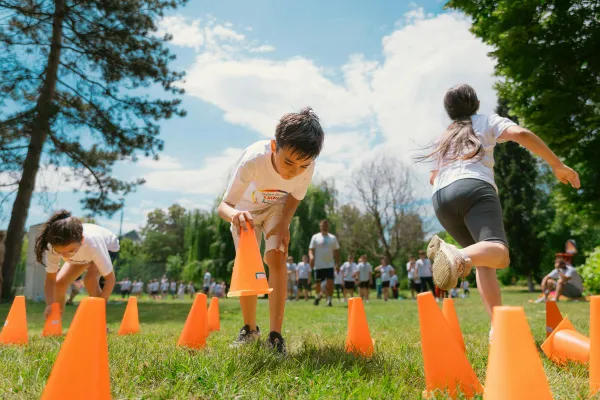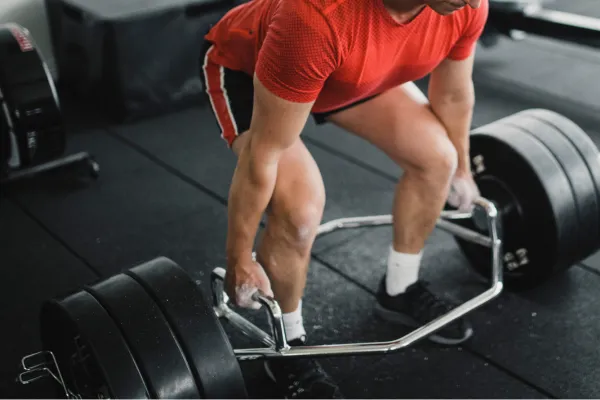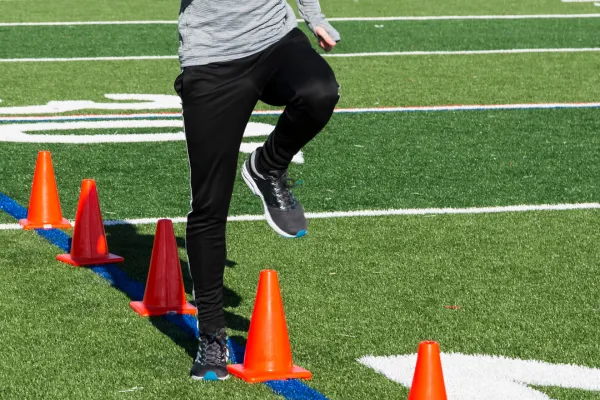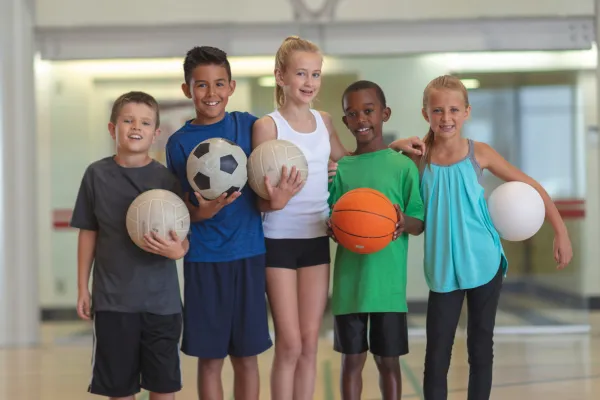
Why Athletic Development Takes Time — And Why That’s a Good Thing
Note: This article was originally created with parents and coaches in mind, but it’s valuable for anyone involved in developing youth athletes. Please feel free to share this with your community to help shift the culture of youth sports toward long-term development and away from early specialization.
I talk to parents and coaches all the time who are eager to accelerate an athlete’s development. The desire to get ahead—through more reps, private lessons, or early specialization—is common. But here’s the truth:
Practicing sport-specific skills alone (dribbling, hitting, shooting, etc.) does not create great athletes.
Look at nearly any sport, and you'll notice something striking: the fastest, strongest kids usually dominate. This isn’t just coincidence, it’s biology and physics in action. Stronger, more explosive athletes are typically more coordinated and have better body awareness, making it easier to execute skills and adapt under pressure.
Over time, this advantage compounds. In contrast, technically skilled athletes who lack speed, strength, or coordination often struggle to keep up as play becomes faster and more physical.
The Science of Athletic Development
Research on Long-Term Athlete Development (LTAD) supports the idea that broad-based physical development is the key to success, enjoyment, and injury prevention. LTAD models, endorsed by organizations like USA Hockey, US Lacrosse, and the IYCA, emphasize physical literacy before sport specialization.
Key components of physical literacy include:
Running, jumping, throwing, catching
Balance, agility, coordination, speed
Confidence and competence in movement
These are best developed through multi-sport exposure and structured but playful physical activity—not endless drills of a single sport skill.
So how should we support athletes as they grow? Here’s a stage-by-stage guide based on development, not just age.
Ages Under 8: Movement is the Mission
At this stage, every child is an athlete. Their primary job is to explore movement and enjoy it. This is a foundational period for developing what we call fundamental motor skills—the brain-body connections that set the stage for everything else.
Focus on: hopping, skipping, climbing, rolling, balancing, running, throwing
Avoid: structured competition or sport specialization
Encourage: play-based movement, games, obstacle courses, and physical creativity
These early years are like laying down the “circuit board” for future coordination. The richer the movement experience, the better the wiring.
Ages 8–11: Build Physical Literacy
From ages 8 to 11, we begin to develop what researchers call “physical literacy”—the ability to move with competence and confidence across a wide range of activities.
Continue: engaging in multiple sports
Begin: layering in strength (bodyweight movements), speed (short sprints), and coordination drills
Prioritize: form and fun over intensity
Studies show this age group is especially receptive to learning new patterns. They are neurologically primed for acquiring movement skills, which makes this a prime time for teaching proper running mechanics, jumping technique, and strength through bodyweight exercises like push-ups and lunges.
Fun remains the most important ingredient. Avoid overloading kids with training volume or pressure. Let them focus on one sport during its season, but rotate throughout the year to keep things fresh and maintain enthusiasm.
Ages 11–14: Critical Years for Speed and Coordination
These are pivotal years for developing speed, agility, and athletic robustness—especially before peak height velocity (growth spurts). After growth spurts, it becomes more difficult to develop these traits as efficiently, which is why this stage is so vital.
Focus on: structured speed and agility work, coordination under fatigue, basic strength training
Correct: faulty movement patterns caused by growth
Encourage: both enjoyment and effort
Growth spurts can disrupt motor control. A once-fluid athlete may suddenly appear clumsy. It’s normal. But it’s also a sign that movement re-education is needed.
If athletes missed key motor development stages earlier, it’s not too late—but now’s the time to catch up. Structured programs that emphasize movement mechanics and reactive agility can have a profound impact.
This is also when social and psychological development becomes more relevant. Some kids thrive under challenge. Others may need space and support. Both deserve thoughtful coaching.
Ages 15 and Up: Specialization with Structure
By age 15, many athletes naturally begin to specialize in one or two sports due to time, competition, and school schedules. However, specialization should be supported by an emphasis on physical preparation, not defined by it.
Prioritize: strength and power development, movement efficiency, and injury prevention
Address: lingering gaps in coordination, posture, and core control
Recognize: late bloomers still have enormous potential
Athletes who spent their childhood developing foundational movement often peak later—and higher. Meanwhile, those who skipped foundational work may now struggle with injuries or plateau.
This stage is where a quality strength and conditioning program becomes essential. Proper load management, progressive overload, and periodization should be tailored to the athlete’s training age and goals. Psychological resilience also plays a growing role—confidence, motivation, and stress management can distinguish top performers.
It’s also vital to remember: not every athlete needs to be elite. But every athlete deserves the opportunity to grow, improve, and love the game.
Final Thoughts: Development Over De-selection
We must stop “de-selecting” athletes simply because they weren’t early bloomers. The research is clear: early success does not guarantee long-term excellence. In fact, many top performers were late to specialize and had years of multi-sport development before narrowing their focus.
Whether your athlete wants to go pro or simply play for life, the same principles apply:
Develop the whole athlete first.
Let skills emerge from strong movement foundations.
Encourage fun, challenge, and long-term engagement.
There’s no shortcut to greatness—but there is a smarter path. Let’s walk it together.
Tune in below for a deep dive discussion on this topic








